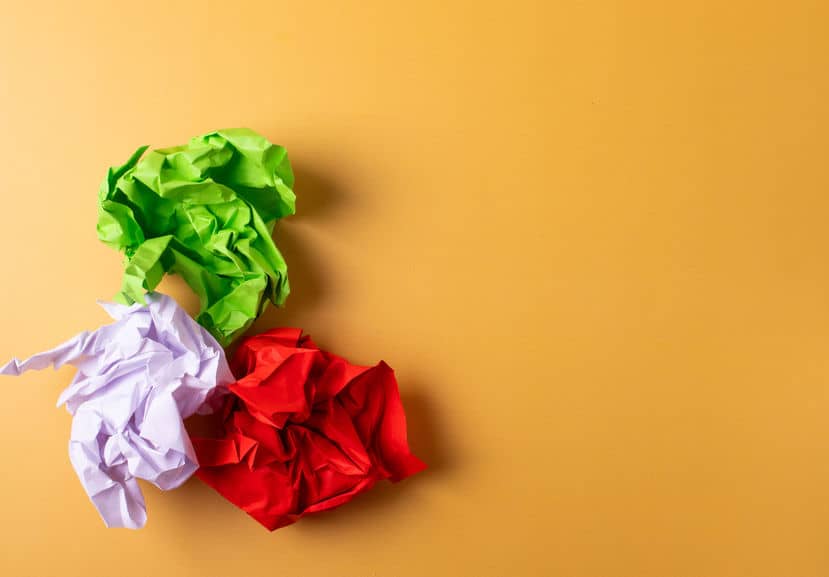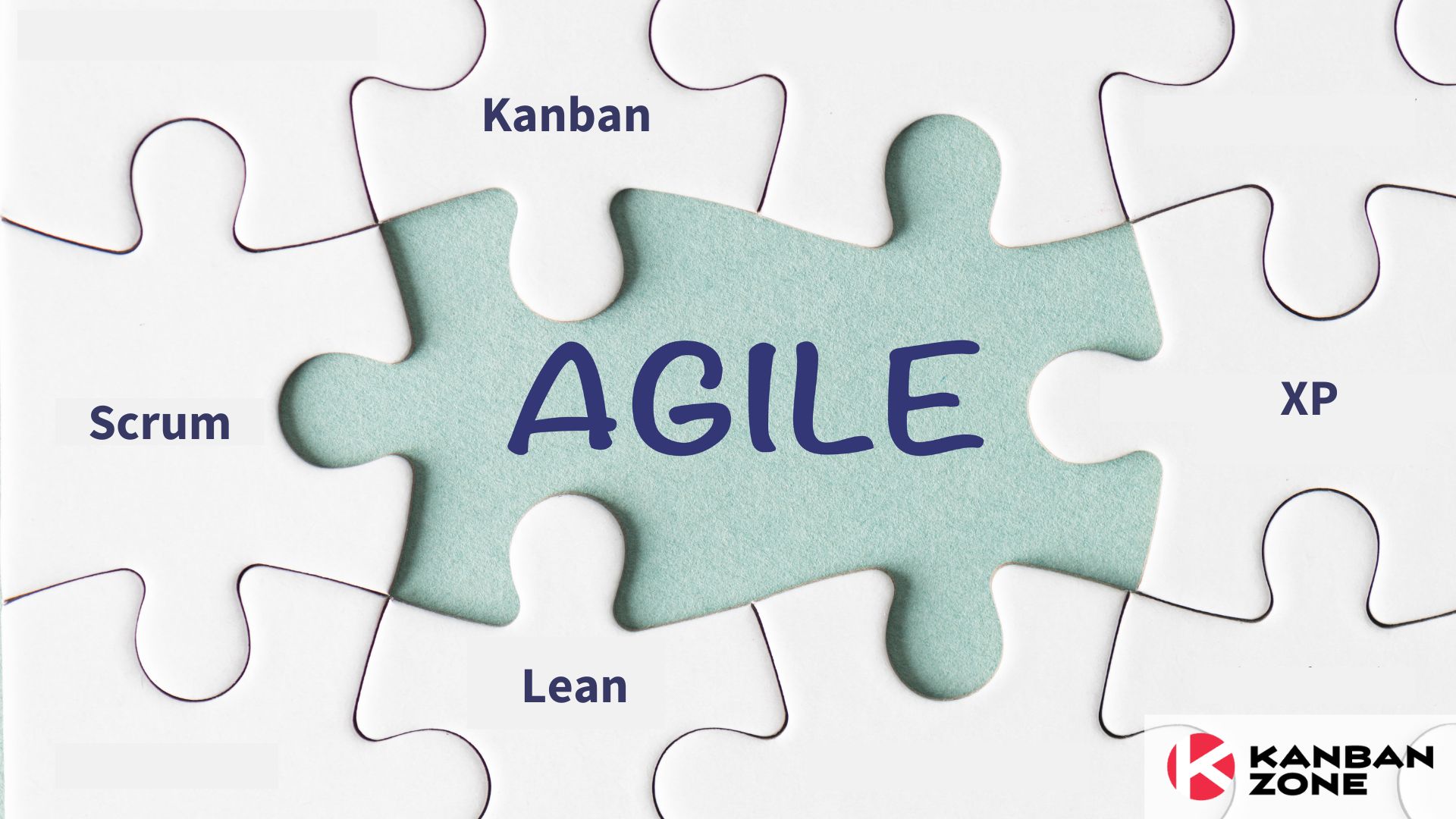
The Toyota 3M model is an age-old concept that remains relevant to this day. Many manufacturing concepts and strategies are influenced by the Toyota 3M Model. It has helped reframe the mindset of business leaders on how they manage and eliminate wastes in their processes. Companies often look at how to generate more revenue by creating new products or revenue streams. But with the Lean methodology and the use of the 3M model, companies have learned another way to improve their revenue. Identifying wastes has been proven to help companies create more sustainable processes that support their revenue-generating activities while optimizing costs. Let’s explore what the Toyota 3M model is and how you can start creating a leaner process for your business.
What is Muda, Mura and Muri?
The “3M” in the Toyota 3M Model stands for muda, mura, and muri. These three Japanese words translate to the following:
- Muda – Waste
- Mura – Unevenness or Variation
- Muri – Overburden
Let’s explore each one of them in more detail to better understand what the Toyota 3M model means about process waste.
Muda
Muda or waste is anything that impedes the smooth flow of work in a production line. Muda in the Toyota 3M model is categorized into 8 main types:
- Transportation – unnecessary transfer of materials
- Inventory – work-in-process or finished products that are not used
- Motion – unnecessary movement
- Waiting – delays and any act of waiting for processes to proceed
- Overproduction – producing beyond what is needed
- Overprocessing – doing more than what’s necessary to provide the product or service
- Defects – unusable output due to low quality
You can read our Toyota 3M model resource page for more information on each of these waste types.
Mura
When we talk about mura in a business process, we take a closer look at any variation or fluctuation in it. Many factors can influence variation in your process. It can be
- Variance in customer demands or requirements
- Variance in a product line up
- Variance in production process steps
- Variance in production methods and ways of working
You will find mura happening when you change over your production processes often. You can also find it when workloads are uneven and work-in-process piles up between steps in your process. When you look at it, mura leads to muda. Variation leads to waiting and inventory. Mura can also lead to muri. Because of the variation of work, there can be instances where your machines and teams will need to work beyond their capacity to meet demand. This can lead to overburdening.
Muri
Experiencing muri means your processes or teams are overburdened or overworked. When your machines are operating at more than 100% of their capacity, the occurrence of breakdowns is inevitable. When your teams are working overtime and always extending effort beyond their capacity, they will experience burnout.
Muri leads to muda as well. When you have overburdened equipment and overworked employees, you will see quality declining. The likelihood of producing defects becomes higher. And if your teams are producing work that is not necessarily based on customer demand, then the likelihood of overproduction, overprocessing, motion, and inventory becomes much higher.
Now that we have a better understanding of the Toyota 3M model and what they are, let’s explore how we can spot them in business processes.
How to Identify Muda, Mura, and Muri to Eliminate Process Wastes?
The first step into working the Toyota 3M model is understanding your process better. Various Lean tools and strategies can help you do this.
Value Stream Mapping is a Lean tool that will help surface wastes in your business process. When you create a value stream map, you’ll look into each step in your process, how work is done, and the gaps or issues that are experienced as the work is performed. This allows you to take a closer look at what types of wastes you have and why they occur. Once you identify what types of wastes you’re dealing with, you can then use other Lean tools to reduce or eliminate them. In our Value Stream Mapping resource page, we discuss in detail how to create your value stream map and eventually how to use your VSM to model your Kanban board. You can also explore other Lean tools to get more data on your process and detect wastes.
The Toyota 3M model is just one of the thirteen pillars of the Toyota Production System. The other twelve pillars will help you combat muda, mura, and muri. For example, you can use heijunka to standardize your process and reduce variation and overburden. You can use Just-in-Time to minimize inventory and possible overproduction.
Another Lean tool you can use to examine the presence of mura in your process is a yamazumi chart. With a yamazumi chart, you can see how much time is spent on each step in your process. Using a yamazumi chart will make it easier for you to identify unevenness in your process by using cycle times as the key metric.
In terms of muri, it’s much easier to spot them in machines and equipment. Breakdowns and defects emerge in the pipeline as a result of muri. However, when it comes to identifying overburden in your employees, you will need to be more aware of the symptoms.
Here are some of the signs that your team is experiencing overburden or muri:
- Low quality of work
- Missed deadlines
- Overtime
- Lack of confidence to get the work done
- Disengagement
- Absenteeism and turnover
Identifying wastes in your business process will take both qualitative and quantitative approaches. Don’t forget to engage in a dialogue with your employees to get their feedback on the process. Having direct involvement in the work makes them a key source of information when it comes to issues in your business processes. Combine both data and direct feedback to come up with a diagnosis and a plan to manage process wastes.
Make Your Process Leaner
Variation, overburden, and process wastes will be difficult to completely eliminate. Many would argue that they cannot be completely removed at all. But having the right mindset when it comes to dealing with process wastes will help you become more aware of it. Using the Toyota 3M model helps increase awareness and mindfulness of how we’re doing work. It shifts our focus to creating more value out of the work processes we perform.
I certainly hope that with awareness comes action. You are equipped with the right set of tools to manage these process wastes and make your process leaner. Take advantage of it. Take action towards a better and leaner business.
Learn to Work Smarter, Not Harder!
Get our top articles weekly.
Table Of Contents
Discover many more posts…







